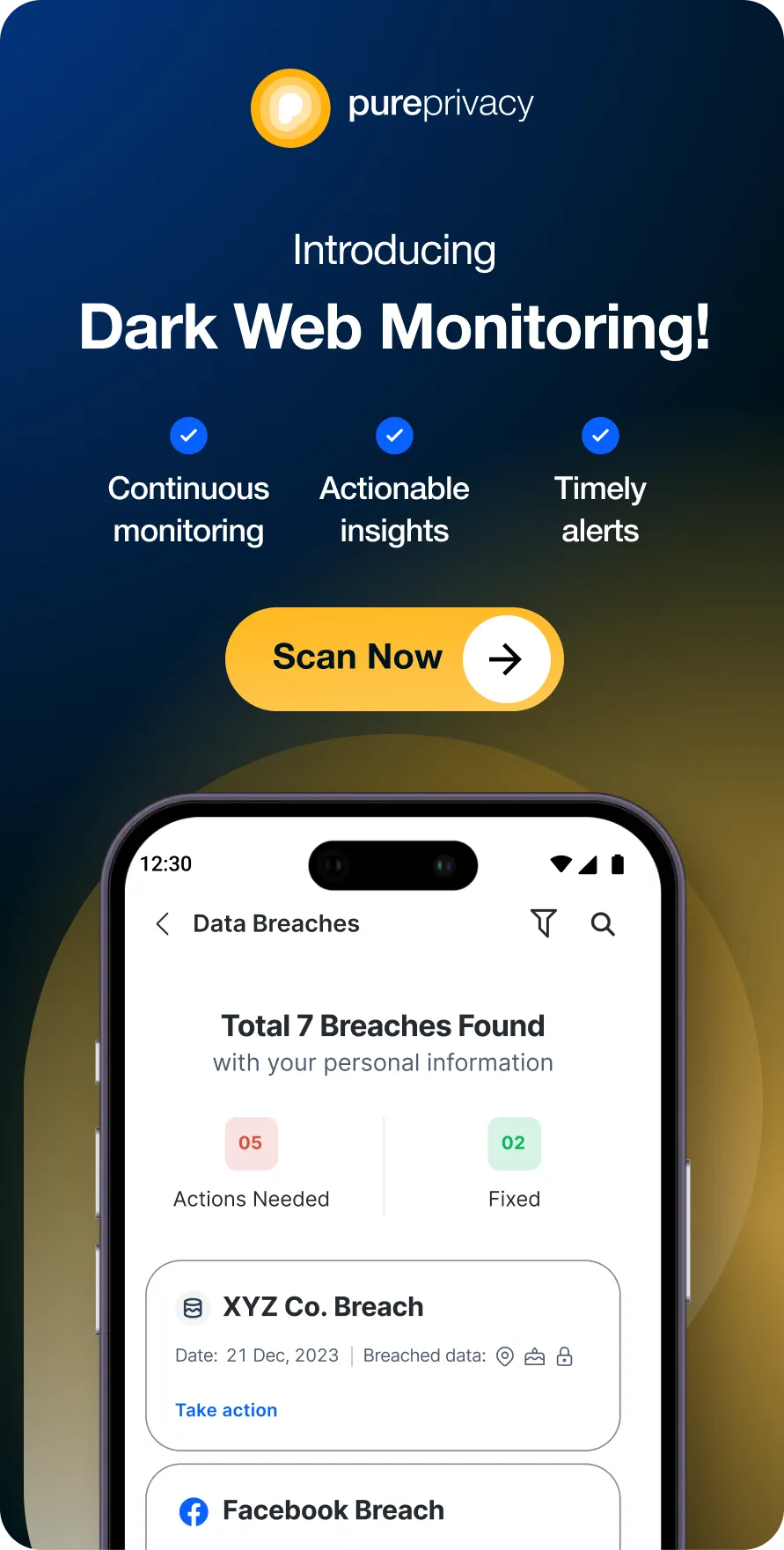Say goodbye to lag, buffering, and dropped connections! Port forwarding on dedicated routers can be best-suited for optimizing your internet performance.
In this guide, you'll discover how port forwarding works, its benefits, and step-by-step instructions on enhancing your gaming and streaming experience.
What is Port Forwarding?
Port forwarding is a networking method to redirect incoming traffic from the internet to a specific device or application running on your local network, allowing you to easily access services outside your home or work network.
To put it simply, port forwarding works like a building receptionist, directing incoming internet traffic to specific devices in your network. When data packets arrive at your router (the building entrance), port forwarding routes them to the right device (apartment) using designated ports (floors).
What is a Dedicated Router?
In contrast to routers provided by ISPs, dedicated routers are standalone devices offering advanced features and customization. They support multiple devices, offer improved performance, and handle high network traffic. Dedicated routers are perfect for gamers, broadcasters, and tech-savvy consumers because they can provide flexibility through integration with many ISPs.
Things to Consider Before We Open Ports
While port forwarding offers benefits, it's important to understand the potential security implications:
- Hackers can exploit open ports as vulnerabilities to gain access to your network.
- Only open ports required for specific applications or services.
- Ensure strong and unique passwords for your router and any devices using forwarded ports.
- Set the static IP address on your router before port forwarding to avoid resetting.
- Note your device like a laptop IP address.
How to Open Ports on a Dedicated Router
Opening ports on a dedicated router generally follows these steps:
Log into the Router:
- Open a web browser and input your router's IP address (e.g., 192.168.1.1 or 192.168.0.1).
- To access the router's admin user interface, enter your username and password.
- If you haven't changed the router's default login information, it should be listed in the manual or on a label on the device.
To get to Port Forwarding Settings:
- Log on to the router's admin interface and search for "Port Forwarding," "Virtual Server," or "NAT Configuration" area.
Create a Port Forwarding Rule:
- The port forwarding section typically comprises fields for the:
- External port, internal port (the port on the router that will receive incoming traffic)
- Internal IP address (the IP of the device you are forwarding traffic to).
- The type of service you are utilizing will impact which protocol you need to utilize: TCP, UDP, or both.
- Enter the range of ports you wish to forward.
Save and Test:
- Save the settings once the rule has been applied.
- The changes might not be visible for a minute.
Confirm Firewall Settings:
- Make sure that the firewall on the device that is receiving the routed traffic is set up to accept incoming connections on a particular port.
What are the Main Ports to Open on a Dedicated Router?
Applications require specific ports to function properly. Here are some common examples:
Gaming Servers:
- Many online games use specific ports for communication. For example, Minecraft uses port 25565 by default, while Fortnite uses a range of ports (e.g., 443, 80, 5223, etc.).
Web Servers:
- If you’re hosting a website, you need to open ports 80 (HTTP) and 443 (HTTPS).
FTP Servers:
- File Transfer Protocol typically uses ports 21 and 22.
VPN:
- For VPN connections, common ports include 1194 (OpenVPN), 1723 (PPTP), and 500 (IPsec).
Remote Desktop:
- If you need remote access to a computer, port 3389 is commonly used for RDP (Remote Desktop Protocol).
Each service or application will have specific ports that need to be forwarded. It’s essential to consult the service’s documentation to determine the exact port numbers.
What is CGNAT (Carrier-Grade NAT)?
Carrier-Grade NAT (CGNAT) is a type of Network Address Translation (NAT) used by Internet Service Providers (ISPs) to manage and prevent IPv4 address exhaustion. Instead of assigning a unique public IP address to each customer, ISPs assign a single IP address to multiple users and use CGNAT to share a single public IP address among them.
How to Open Ports on a Dedicated Router Behind CGNAT
With PureVPN’s Port Forwarding add-on, bypass CGNAT and unlock seamless connectivity for gaming and streaming. Follow the below simple process:
- Log into the member area of PureVPN.
- Go to the Subscription tab.
- Navigate to Configure.
- Select the required Port Settings.
Click Apply Settings.y used in home networks, CGNAT operates at the ISP-level, and Double NAT occurs due to specific network setups.
Frequently Asked Questions (FAQs)
-
What are the risks of port forwarding, and how can I secure my network?

Port forwarding risks include unauthorized access, data breaches, DDoS attacks, and malware infections due to exposed ports. To secure your network, use strong passwords and encryption, limit IP access with allowlists, and consider a VPN for remote access.
-
Why might port forwarding not be working?

Port forwarding may fail due to:
Incorrect internal IP address or port numbers.
ISP restrictions blocking certain ports.
Double NAT from multiple routers or modem-router combos.
Firewall or antivirus blocking traffic.
Router misconfiguration in port forwarding rule. -
What to do if a firewall is blocking port forwarding

Here is what you can do to stop the firewall from blocking port forwarding.
Allow the specific ports in the router and device firewalls.
Set up custom rules for inbound and outbound traffic.
Test without firewalls to isolate the issue (re-enable afterward).
Look at firewall logs for blocked attempts. -
What are the tools to test if ports are open?

You can check if port forwarding is working or not by searching WhatIsMyIP and CanYouSeeMe. If your IP is different from your noted IP then your router is port forwarded.
In Summary
CGNAT, used by ISPs to conserve IP addresses, can limit your online experience by limiting port forwarding, remote access, online gaming, and server hosting. To bypass CGNAT, opt for solutions such as a VPN with a port forwarding add-on and a dedicated IP address. Experience a more secure and flexible internet connection with PureVPN!




